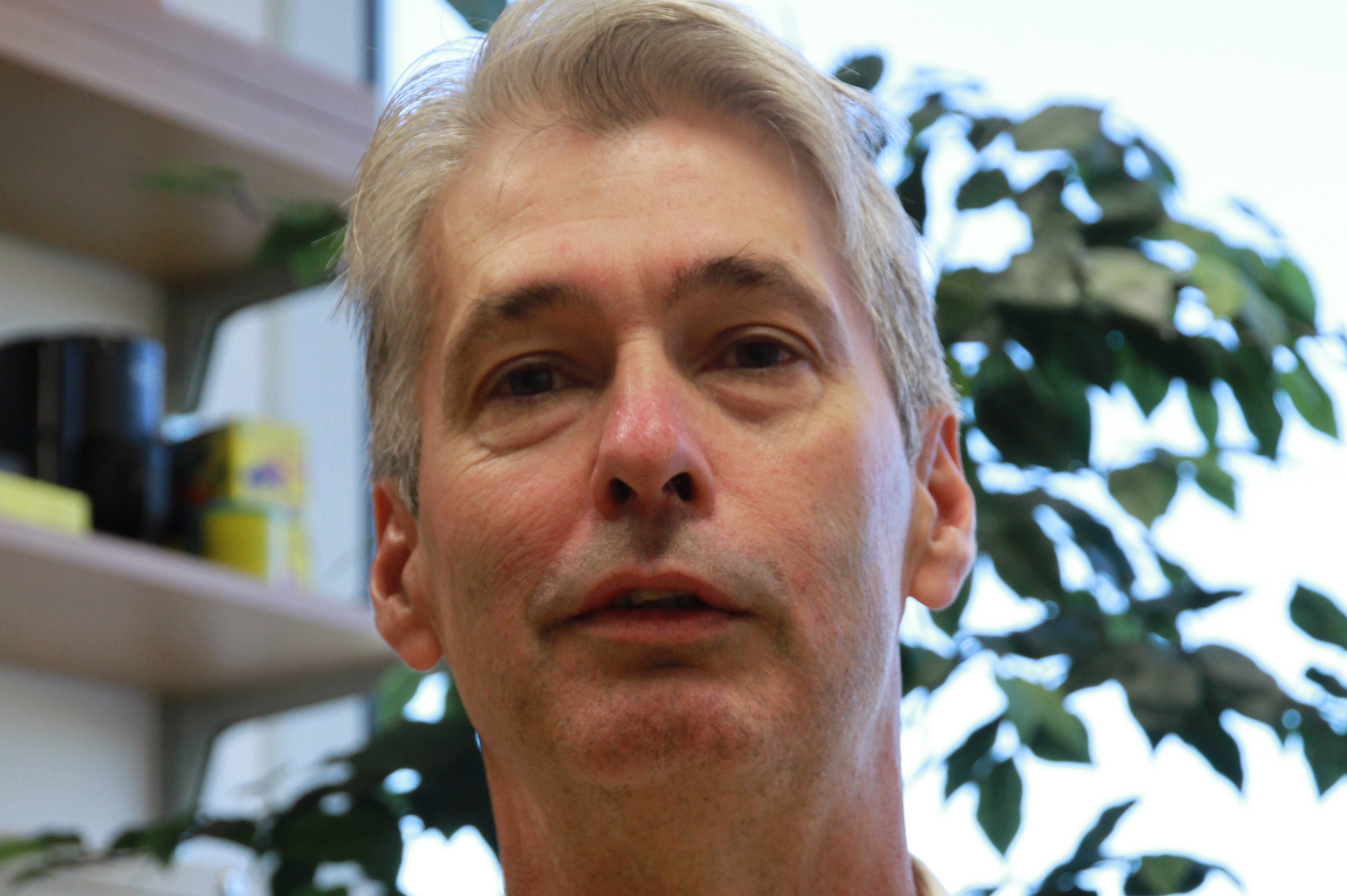Aquaculture on the prairies
In the middle of the prairies, in the land of cattle and pigs, one lone U of S researcher is studying fish. “Fish are a bit different than other farm animals, particularly on the prairies,” Murray Drew said with a laugh. “Not many places are further from the ocean than Saskatchewan, so people are generally surprised to find this area of research on campus.” Aquaculture nutrition is an area of research Drew, a professor in the College of Agriculture and Bioresources, never expected to find himself in either. But in hindsight, it makes sense.
By Colleen MacPherson "I was doing poultry nutritional research when, around 1999, the university took over an aquaculture research unit that had no researchers. I inherited it. It is one of those strange turn of events that has turned out to be fantastic," explained Drew. "Aquaculture nutrition research is still in its infancy, so any questions you ask probably haven't been answered yet."
"I was doing poultry nutritional research when, around 1999, the university took over an aquaculture research unit that had no researchers. I inherited it. It is one of those strange turn of events that has turned out to be fantastic," explained Drew. "Aquaculture nutrition research is still in its infancy, so any questions you ask probably haven't been answered yet."
The questions that Drew is working on revolve around replacing fishmeal and fish oil in aquaculture diets. "The problem aquaculture faces is that it is growing rapidly and fish feeds rely on fishmeal and fish oil as their main ingredients. You are basically feeding fish to fish. There is only so much fishmeal in the world and we have reached the point that there is no longer enough to go around."
So Drew, with his background in poultry nutrition, looked to the fields of Saskatchewan to find alternate food sources with which to make fishmeal. The problem is that trout and salmon are carnivores and do not readily accept plant ingredients in their diets. Drew compares feeding plant proteins to carnivorous fish to "feeding a vegetarian diet to a cat. It just doesn't work well."
He began looking at how to process certain crops in order to maximize their protein and omega-3 fatty acid content, the two most important components of fishmeal. "We need to keep fish diets in line with what they get in the wild. People eat fish for health and flavour, so we need to maintain those qualities in fish produced in aquaculture.
"We have looked at four main crops that are abundant in Saskatchewan: peas, flax, canola and camelina." What makes Drew's lab unique is the nutritional modelling they do regarding fish diets. "We evaluate the feed ingredients and we model their use to predict how well they will work."
Peas and canola protein concentrates show a lot of promise with protein contents of 50 and 60 per cent respectively, he explained. "Those levels make them competitive ingredients for fishmeal and several companies have begun manufacturing these products but there's still lots of work that needs to be done to develop and commercialize them." In terms of omega-3 fatty acids, the canola, camelina and flax oils show the most promise as fish oil replacements.
Fishmeal prices have quadrupled in the last 10 years and because of the level of growth experienced in the aquaculture industry—about eight per cent per year compared to two per cent per year for poultry—those prices are expected to stay strong. "Aquaculture is a lucrative market that can support the development of value-added crop processing in Saskatchewan," Drew said.
"Close to half of the farmland in Canada is in Saskatchewan and because of Saskatchewan's large production of high quality proteins and oils, we have an opportunity to make a substantial impact in aquaculture. Last year, aquaculture produced 30 million tonnes of fish globally. In Canada alone, aquaculture is expected to be worth $6.6 billion in 2015. Those fish need to eat and I want to help feed them."

